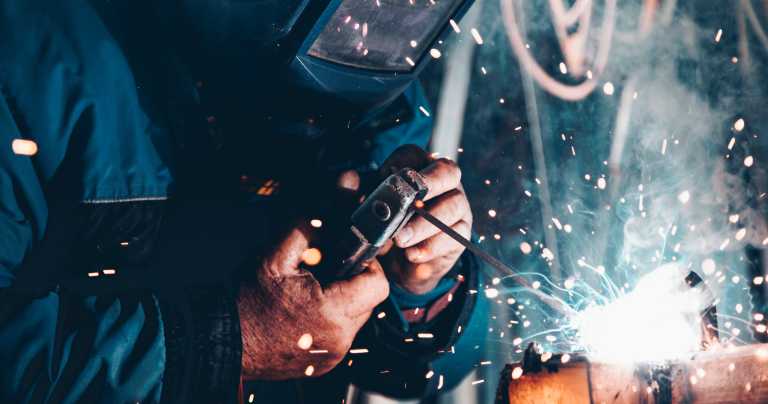The welding equipment, accessories, and consumables market is projected to grow from US$ 25.9 billion in 2021 to USD 32.5 billion by 2026, at a CAGR of 4.6 percent during the forecast period. Innovations in welding equipment and technological advancements in the automotive industry to cater to the growing demand from customers is expected to create higher demand for welding products.
Present market trends
According to Rajagopalan, Managing Director, Primo Automation Systems, “Due to the emphasis on green energy from renewable sources, the segments such as solar and wind energy are growing and contributes significantly to the growth in the welding sector. A shift has begun in the automotive sector to migrate towards environment friendly EVs. The need to produce a huge quantity of EVs will have a positive growth in the welding sector in the coming years.”
Whereas, Amrit Yoga, Sr. Manager-Marketing, Panasonic Smart Factory Solutions India, Panasonic India Pvt. Ltd., “The market is bouncing back very well. Market sentiments are now optimistic about economic growth. Many pending infrastructure projects are now coming back on track.” The automotive sector is doing very well, except for the current shortage of semiconductor chips. Oil and gas projects are now slowly coming back to normal. Overall, the welding market recovery is better than earlier expected.
Regulatory requirements
India is facing an acute shortage of a skilled welding workforce and this is resulting in slower than expected infrastructure creation. Most of the government institutes that produce welding operators and welding engineers are still using outdated equipment to train their students. “The government of India and state governments should invest in the latest technology in welding equipment and robots to enable students to become quickly employable in the market,” says Amrit Yoga.
“We believe that customer relationship and trust building are strongly influenced through social distancing with more formal meetings with reduced number of participants in meetings that can enhance trust building,” says VV Kamath, Managing Director, Fronius India Private Limited.
Growth driving technologies
Rajasekaran, Secretary, IWS & Former Dy. GM, BHEL, The advent of Wire Arc Additive Manufacturing (WAAM) is started to make ripples and it is a promising technique to produce many components productively and it is expected to play a larger role in the near future.
Discussing the growth drivers, VV Kamath highlights that Fronius has technologically innovative new products and process that can manage customer experience through up-to-date information with digitisation in the fore-front. We support in the acceleration of digitalisation within the customer journey by providing IOT in welding.
The final note
Before the autonomous Industry 4.0 welding cell manufactures a real part, it is necessary to create the welding program in off-line mode, to define and check the torch movement in order to avoid unnecessary rejects. This procedure is unavoidable especially if it comes to single piece production. Further, there will be an impact on energy-saving functions in welding systems Similarly, the AI should be developed such a way that it can deliver what an expert will think and act.
Cookie Consent
We use cookies to personalize your experience. By continuing to visit this website you agree to our Terms & Conditions, Privacy Policy and Cookie Policy.


















